Did you know up to 70% of Canadians have hidden trauma? This can affect how we feel and our health. I found out about this when I couldn’t shake off anxiety.
This guide will help you release this burden naturally. We’ll focus on how our mind and body are connected.

How to Release Stored Trauma from Your Body Naturally
First, we need to understand where trauma hides in our bodies. We’ll use breathing, movement, and mindfulness to help. Yoga, somatic practices, and rituals can gently release stored emotions.
Key Takeaways
- Stored trauma impacts 1 in 3 Canadians, often silently
- Natural release methods reduce stress and improve mental clarity
- Breath work and body awareness are foundational steps
- Small daily practices create lasting healing
- Releasing trauma strengthens emotional resilience over time
Understanding Trauma and Its Impact
Exploring trauma release techniques has taught me a lot. Trauma is more than just a feeling. It’s a strong reaction to very hard experiences. Let’s understand what trauma is and how it affects us.
What is Trauma?
Trauma happens when our sense of safety is broken. This can be from accidents, abuse, or sudden loss. It can also come from ongoing stress like neglect or being treated unfairly.
My research shows trauma changes how we remember and feel. It leaves deep marks on us.
How Trauma Affects the Body
Our bodies show pain through physical signs. Like tension in the shoulders or headaches. These signs can mean we’re holding onto trauma.
The body keeps stress, even if our mind tries to forget. That’s why trauma release techniques often focus on feeling our body.
Common Signs of Trauma
- Unexplained anxiety or hypervigilance
- Flashbacks or intrusive thoughts
- Avoidance of certain places or people
- Emotional numbness
These signs don’t mean you’re broken. They’re hints for healing. Spotting them is the first step to using trauma release techniques well.
Identifying the Signs of Stored Trauma
Start by paying attention to your body and mind. I learned that stored trauma is often hidden but clear. The natural ways to release trauma start with noticing patterns like tight shoulders or feeling tired all the time. These signs mean your body needs help.
Common signs include:
- Feeling numb or getting really upset over small things
- Having pain in places like your jaw or lower back
- Having nightmares or thoughts that won’t go away
- Not wanting to be around people or in crowded places
Your body talks to you when trauma is there. I noticed my jaw would clench when I was stressed. This was a sign of past stress. Keeping track of these signs helps connect your mind and body.
Journaling every day or doing mindful body scans can show hidden patterns. If certain things make you get headaches or upset your stomach, pay attention. These are important clues.
When I started looking for natural ways to release trauma, I began with small steps. Writing down how I felt or tracking my sleep showed me patterns. Remember, stored trauma isn’t always easy to see. It might be avoiding things you used to like or sudden mood changes. Paying attention to these signs is the first step to healing.
Preparing Your Mind and Body for Natural Release
Before we start deeper healing, we need a strong base. These steps help you get ready for healing. Mindfulness, safe spaces, and clear goals are key.
Mindfulness and Meditation
Start by grounding yourself with daily mindfulness. Here’s how to begin:
- Set aside 5–10 minutes daily for breath-focused meditation.
- Use apps like Calm or Headspace for guided sessions.
- Notice physical sensations—this helps align your mind with body healing methods.
Creating a Safe Space
A dedicated space fosters trust in the process. Consider these elements:
- Choose a quiet corner with comfortable seating and soft lighting.
- Incorporate calming scents like lavender or eucalyptus.
- Display symbols of safety, such as crystals or photos of loved ones.
Setting Intentions
Intentions give direction to your practice. Try these steps:
- Write your goal, such as “I release tension and embrace calm.”
- Review it daily to stay aligned with your healing path.
- Post your intention where you practice to reinforce focus.
How to Release Stored Trauma from Your Body Naturally
Starting to release emotional trauma naturally is easy. It’s about taking small steps every day. These steps helped me feel connected to my body again. Here are the best ways I found:
- Body scans: Spend 5–10 minutes daily checking in with physical sensations. Notice tension without judgment—this awareness is the first step toward releasing emotional trauma naturally.
- Breathe deeply: Slow, rhythmic breathing lowers stress hormones. I often practice 4-7-8 breathing (inhale 4s, hold 7s, exhale 8s) to calm my nervous system.
- Move intentionally: Walk, stretch, or dance. Movement helps release stored energy. Even 10 minutes of gentle yoga eases stiffness linked to past pain.
- Write it out: Jot down thoughts in a journal. Seeing words on paper helps externalize emotions I might ignore.
- Connect with nature: Fresh air and sunlight reset my mindset. Walking in forests or near water grounds me in the present.
Progress isn’t always easy. Some days feel better; others need more patience. What’s important is showing up every day. My journey showed me that small, daily efforts make a big difference. Trust your body’s wisdom—it knows how to heal.
Effective Trauma Release Techniques for Holistic Healing
Exploring trauma release exercises can help you release stored tension. It also helps rebuild inner balance. These techniques mix body awareness with emotional processing. This creates a safe path to wholeness.
Breath Work Techniques
Controlled breathing resets your nervous system. Try this practice daily:
- Inhale deeply through the nose, expanding the belly.
- Pause for 3 counts, then exhale twice as long as the inhale.
- Repeat for 5–10 minutes to calm stress signals.
Somatic Experiencing
Developed by trauma expert Peter A. Levine, this method tracks physical cues. It helps discharge trapped energy. Sessions guide you to:
- Notice sensations like tightness or heat in the body.
- Release stored stress through small, intentional movements.
- Rebuild trust in your body’s innate resilience.
Guided Emotional Release
Professional guidance helps navigate complex emotions safely. Key components include:
- Step-by-step visualization to confront memories without overwhelm.
- Body scans to pinpoint where emotions manifest physically.
- Journaling prompts to track shifts in mood and energy.
Integrating Energy Healing Practices
Energy healing practices can help you on your journey to holistic trauma healing. I’ve seen how they balance the body’s energy. This often releases stress trapped in tissues and nerves.
Practices like Reiki or acupuncture work with the body’s natural flow. They help dissolve emotional blocks.

holistic trauma healing
Reiki sessions use gentle touch to guide energy. This helps areas holding trauma. The warmth and calmness create a safe space for your nervous system to reset.
Acupuncture targets specific meridians linked to emotional centers. It helps release tension physically and mentally.
I suggest trying these modalities with your current practices. Many therapists in Canada mix energy work with talk therapy. This creates a complete approach.
Look for certified practitioners who specialize in trauma-informed care. They can make sessions fit your needs.
Remember, energy healing isn’t a quick fix. It’s about being consistent. Even 10 minutes of self-guided visualization daily can help.
Small steps build trust in your body’s healing ability.
Self-Care Strategies During Trauma Release
Healing is more than just techniques. It needs care and nurturing. When using energy healing for trauma, self-care is key. I focus on these steps to stay calm during big emotional changes.
Restorative Practices
Move gently to balance your energy. Try yoga or walking in nature. Journaling helps track patterns, and breathwork resets your system.
I often mix these with energy healing sessions. This helps get better results.
Nutrition and Hydration
Drink herbal teas or warm water to flush toxins. Eat foods like leafy greens, berries, and nuts. But avoid caffeine, as it can make anxiety worse.
Sleep and Recovery
Good sleep fixes your body’s energy. I go to bed at the same time, using lavender oil or a weighted blanket. Don’t look at screens before bed to keep your mind calm.
Small choices help a lot. Let these practices support you without feeling too much. Be patient—your body heals when given care and space.
Mind-Body Connection in Trauma Healing
Exploring mind-body trauma release techniques showed me a big link. Physical feelings often match our emotional states. Healing comes from seeing this connection and using it to release tension.
Yoga and Movement
Yoga helps me feel connected to my body. It uses gentle stretches and mindful moves. Here’s how it works:
- Breathing with poses calms the nervous system
- Poses like child’s pose or cat-cow help with stiffness
- Flowing sequences help release trapped emotions
Meditative Practices
Quiet moments of focus bring clarity. Try these steps:
- Find a comfy seated position
- Track breath patterns without forcing changes
- Notice bodily sensations without judgment
This practice helps deal with unresolved stress.
Visualization Techniques
I use guided imagery to change past experiences. Imagine a safe place, then:
- Use all senses in the mental space
- Slowly add healing symbols like light or water
- Release tension by seeing it leave the body
These methods build strength by tackling trauma in both mind and body.
Trauma Release Exercises and Movement Practices
Moving your body can gently ease tension tied to past trauma. I’ve seen how physical activity paired with mindfulness helps people reconnect with their bodies safely. Let’s explore simple practices to try today:

trauma release exercises
Gentle Exercises
- Try yoga poses like mountain pose or cat-cow stretches to ground yourself.
- Walking slowly in nature, focusing on each step, can calm the nervous system.
Stretching for Release
Soft stretches like forward folds or hip openers can ease stored stress. Breathe deeply as you hold each pose for 30 seconds to a minute. I recommend using a yoga mat for comfort.
Dynamic Movements
Add gentle motion with practices like tai chi or qi gong. These combine flowing movements with breathwork to boost energy flow. Dancing to calming music also helps some people release tension safely.
Overcoming Emotional Blocks Through Natural Methods
Emotional blocks happen when healing seems stuck. Fear of pain or judgment can hold us back. These barriers are not weaknesses. They tell us to slow down and reconnect with our body and mind.
- Journaling: Write freely about what feels blocked. Let words flow without editing.
- Nature immersion: Spend time outdoors. Sunlight and fresh air calm the nervous system naturally.
- Trusted conversations: Share your journey with someone you feel safe with. Vulnerability can lighten the weight.
Patience is key. When resistance arises, pause and breathe. Ask yourself: What does my body need right now? Small steps like grounding in the present moment—through touch, scent, or sound—can dissolve stuck emotions.
I’ve seen clients release blocks by combining these practices with consistent self-compassion. Healing isn’t linear, but it’s possible. Let curiosity guide you instead of pressure.
Holistic Approaches for Long-Term Healing
Healing is a journey, not a finish line. It’s about making choices every day. To heal fully, we must care for our mind, body, and spirit. Here’s how to start your journey to lasting well-being.
Lifestyle Changes
- Incorporate movement: Walk, dance, or stretch daily to keep energy flowing.
- Choose whole foods: Nourish your body with vegetables, whole grains, and hydrating drinks.
- Sleep routines: Aim for 7-9 hours nightly to let your body repair and reset.
Support Systems
- Build a community: Talk openly with trusted friends or join trauma-informed support groups.
- Work with professionals: Therapists specializing in trauma can guide your progress.
- Online resources: Follow blogs or podcasts like Bessel van der Kolk’s trauma research for inspiration.
Continuous Self-Reflection
- Journal daily: Note thoughts and emotions to spot patterns.
- Practice mindfulness: Even 5 minutes of meditation helps ground you in the present.
- Re-evaluate goals: Regular check-ins with a therapist ensure you’re moving forward.
Small changes can make a big difference. Be kind and curious about yourself. Every step you take is a step forward.
Conclusion
Starting your journey to release stored trauma takes courage. Every step you take brings you closer to healing. The techniques covered—from mindfulness to body-based healing—offer tools to address emotional and physical patterns.
Remember, natural trauma healing isn’t about erasing the past. It’s about creating space for calm and resilience.
I’ve seen how integrating practices like somatic experiencing and breath work can shift deeply held stress. Even small actions, like daily meditation or gentle movement, help rewrite your body’s response to old triggers.
Holistic trauma recovery isn’t a straight path. But consistency builds trust in your ability to heal.
Self-care for trauma means honoring your pace. Let nutrition, rest, and safe spaces nurture your progress. When challenges arise, return to grounding exercises or seek support from trusted communities.
Trauma release techniques work best when paired with patience and kindness toward yourself.
Take this knowledge as a starting point. Explore what resonates most—whether yoga, guided emotional release, or energy healing. Share your journey with a therapist or group for accountability.
Every breath you take, every mindful moment, is a step toward reclaiming balance. Your body holds wisdom; listen to it with care.
FAQ
What are some natural ways to release trauma from my body?
You can try mindfulness, breath work, and meditation. Yoga is also good. These help connect your mind and body, letting go of emotional energy.
How can I recognize the signs of stored trauma?
Look for physical tension and anxiety. Also, watch for sudden mood changes. Paying attention to your body can help spot trauma signs.
What are some effective trauma release exercises I can do at home?
Try deep breathing and stretching. Somatic experiencing is also helpful. Doing these regularly can help your body heal.
How does the mind-body connection affect trauma healing?
The mind-body connection is key in healing from trauma. Meditation and yoga help you notice your body and emotions. This leads to deeper healing.
Can energy healing assist with trauma release?
Yes, energy healing like Reiki can help. It balances your body’s energy, aiding in emotional release and healing.
What lifestyle changes can I make for long-term healing from trauma?
Make healthy choices like regular exercise and a good diet. Get enough sleep and use therapy or support groups. These steps help your healing journey.
How do I create a safe space for my trauma release journey?
Make your space comfy and free from distractions. Use it for meditation or yoga. This helps your healing process.
Are there specific restorative practices I should focus on during trauma release?
Yes, gentle yoga and meditation are great. Self-care like journaling or a warm bath also helps. These practices support your healing.





